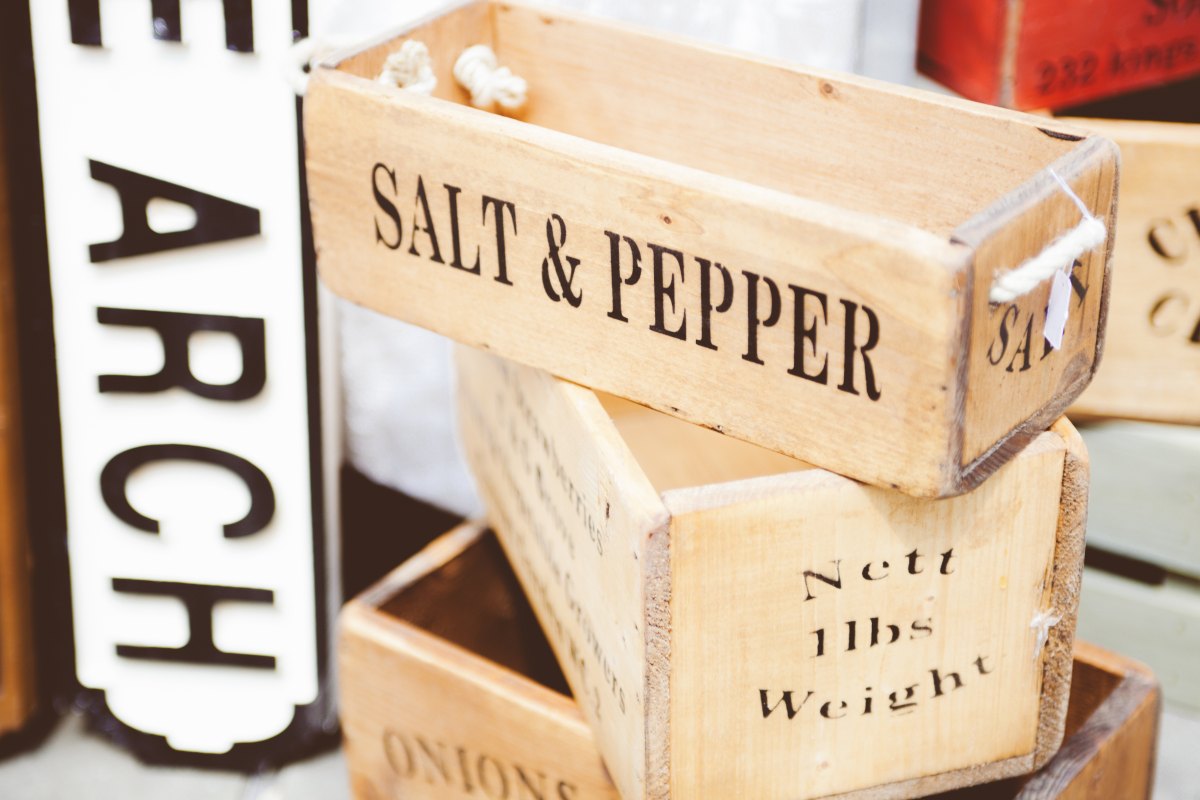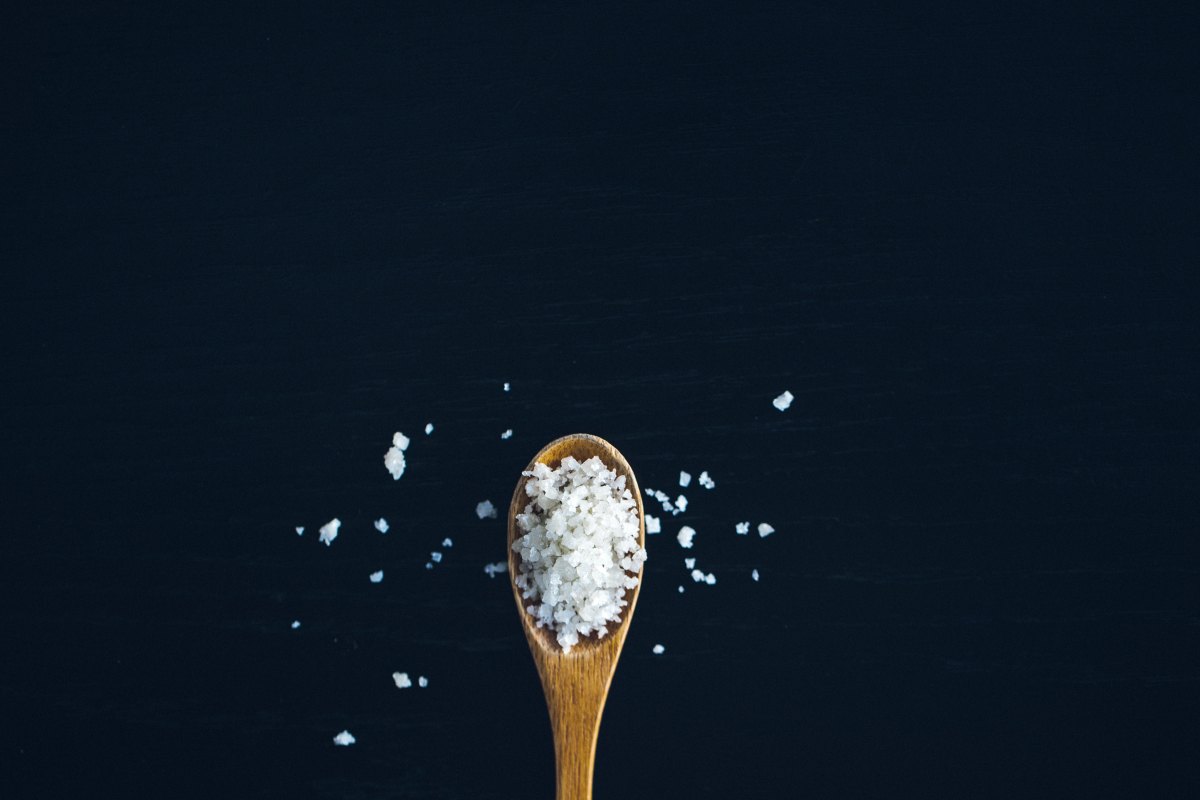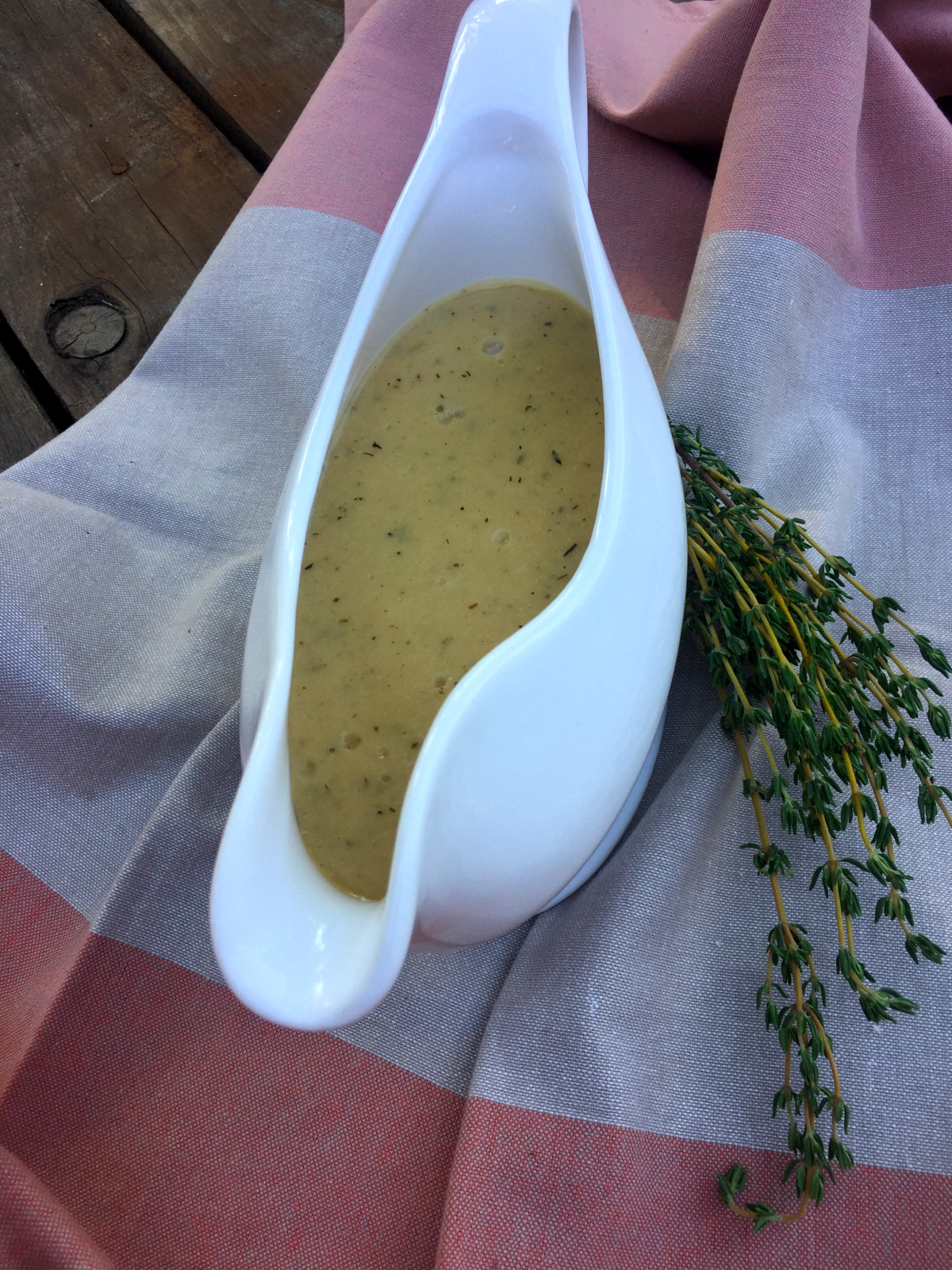To follow up with my post last week about High Blood Pressure, I thought I’d share about what the food labels about sodium mean. Sodium is something that we now have wide access to. It is a minor mineral that is vital to our well being. It helps put water into the cells, and another mineral (potassium) helps with taking it out. We need both otherwise our cells would not be hydrated and we’d dry up, and without potassium we’d keep holding onto liquid until we burst. However, since sodium is so prevalent in the foods we buy, especially fast food, prepared and preserved foods, we can get too much which can cause swelling and increase our blood pressure since the volume of liquid would have increased.
Knowing what’s being marketed to you is important, and knowing exactly what labels mean when they refer to sodium is important as well. Let’s dig in!

Salt vs. Sodium
A lot of times these words are used interchangeably on labels or when we talk about salt or sodium, but there is a slight difference. Salt (or sodium chloride) is the crystal-like compound that is abundant in nature and is what we use to sprinkle on foods. Sodium is a mineral that partly makes up salt and is the water retaining mineral that our cells use.
Nutrition Labels & Salt/Sodium
For an average 2,000 calorie a day diet, the recommended amount of sodium is 2,300 mg per day or less. That is just an average. This is not including if you are trying to decrease your blood pressure or have been told to lessen your sodium for other health reasons. For instance, for those with high blood pressure cutting back to 1,500 mg a day is recommended and even going as low as 1,000 mg a day can improve your blood pressure and heart health.
- Salt/Sodium Free: Less than 5mg of sodium per serving
- Very Low Sodium: 35 mg of sodium or less per serving
- Low Sodium: 140 mg of sodium or less per serving
- Reduced Sodium: at least 25% less sodium than the regular product
- Light in Sodium or Lightly Salted: at least 50% less sodium than the regular product
And now here’s the tricky one.
- No-Salt-Added or Unsalted: No salt is added during processing – BUT these products may not be salt/sodium free unless stated as such. It just means that no salt was added during processing but doesn’t mean the ingredients of the product doesn’t have sodium/salt.
Is Salt Really That Bad For You?
If you would like more information about salt/sodium and see how it is beneficial and when having more sodium than usual might be beneficial, check out out my earlier post “Is Salt Really Bad For You and Your Heart?” to get a better perspective for your own personal health.
Bottom Line
If you are needing to watch your salt intake or are worried about high blood pressure that is in your family history, then try limiting your sodium/salt intake to 1,500-2,300 mg a day. Eating fresh produce, making food at home, not eating prepared meals or frozen meals, and making sure to buy canned food with “sodium free”, “low sodium”, “no salt added” (if it’s vegetables or beans), can help with reducing your sodium. The link above for the “Is Salt Really Bad for You and Your Heart?” post, I also have different seasoning combinations you can use instead of salt that you can try to add first when cooking, and then add a small amount of salt when needed. The post last week has some tips on what you can do with your lifestyle to help reduce blood pressure as well.
Sodium is something we need to survive, but with everything there needs to be a balance and not excess.
Do you find it hard to stay away from salt?










